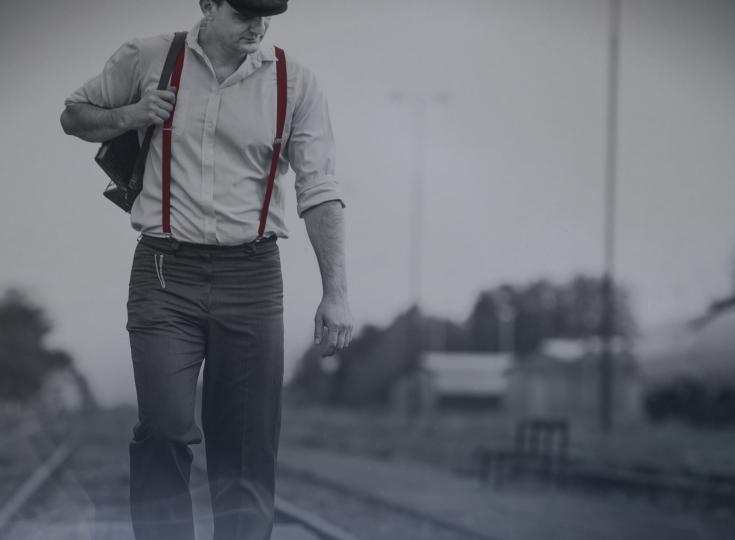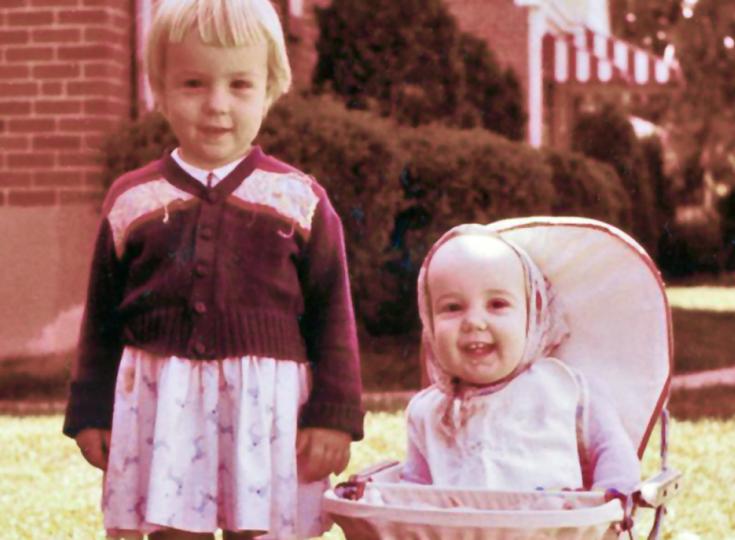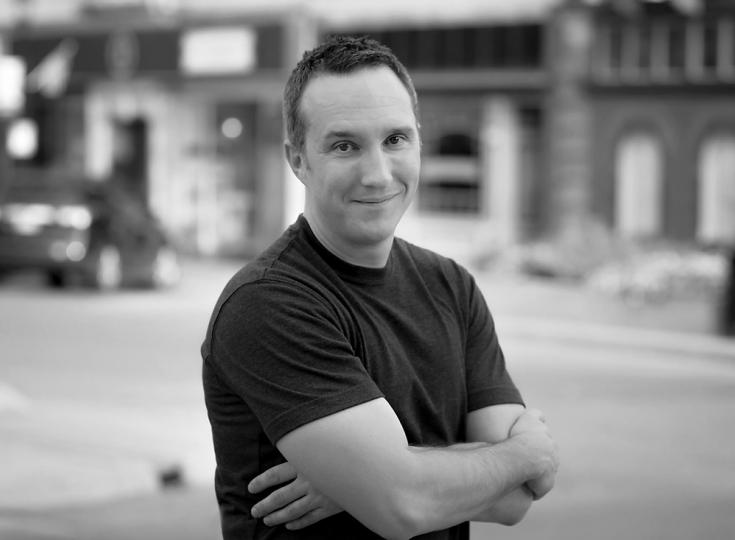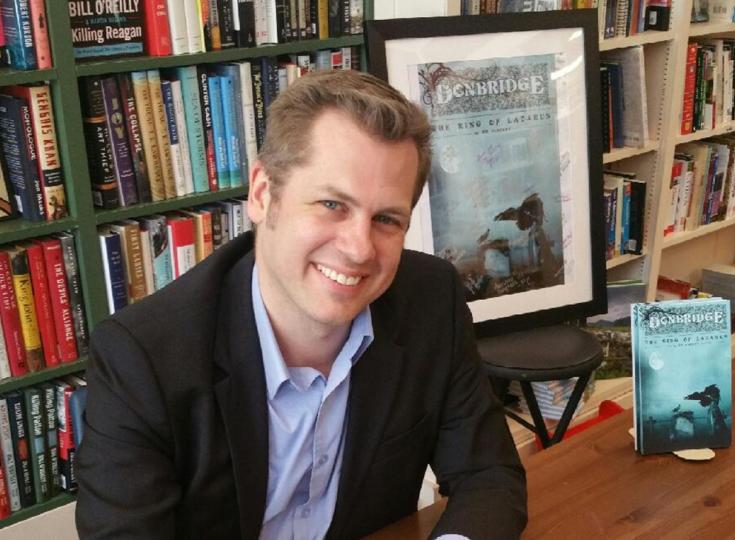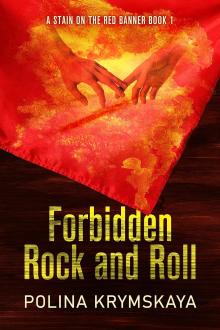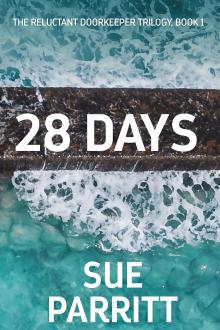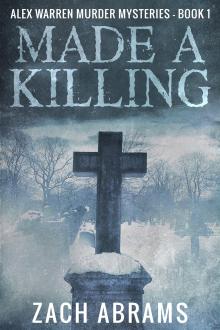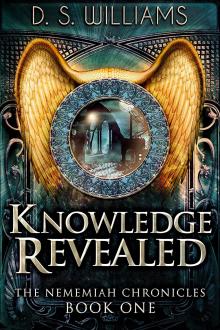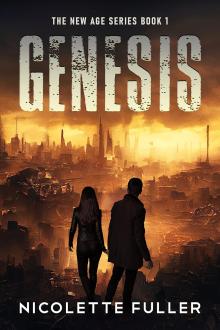Nancy Bilyeau - A Spy Story Submerged in 18th Century Porcelain Trade
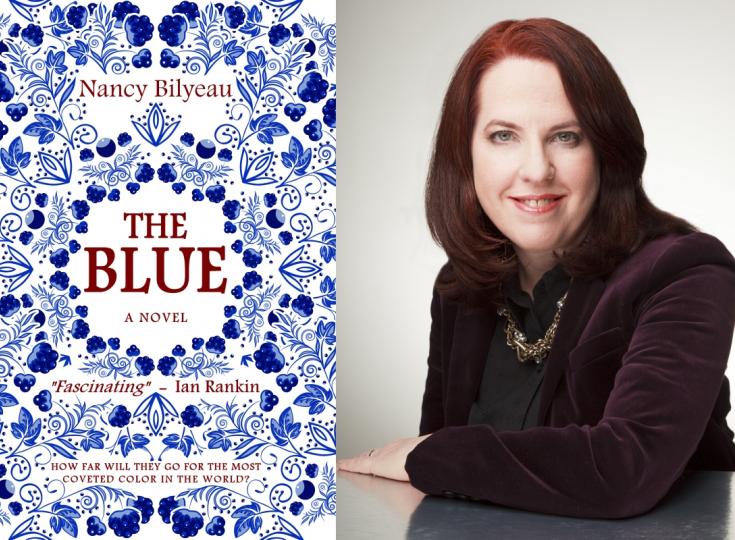
Nancy Bilyeau has worked on the staffs of InStyle, DuJour, Rolling Stone, Entertainment Weekly, and Good Housekeeping. She is currently a regular contributor to Town & Country, Purist, and The Strand. Her screenplays have placed in several prominent industry competitions. Two scripts reached the semi-finalist round of the Nicholl Fellowships of the Academy of Motion Pictures Arts and Sciences. As our Author of the Day, Bilyeau tells us all about her book, The Blue.
Please give us a short introduction to what The Blue is about.
It’s a spy story and a love story, but most of all it’s the story of a young woman painter striving to achieve something who gets caught up in an espionage plot to steal the formula for the most beautiful shade of blue ever invented.
What inspired you to write a story submerged in the eighteenth century porcelain trade?
I was visiting Hillwood, a Washington DC mansion owned by Marjorie Post, and was struck by the beauty of the 18th century French porcelain. The tour guide said that during that century there was intense competition among nations of Europe to come up with the most beautiful porcelain—like the “space race of its time.” I thought, Now THAT would be a fun spy story.
Tell us more about Genevieve Planche. What makes her tick?
She is driven by a desire to be a fine artist, and specifically someone who uses her artistic ability to say something about the London world and its injustices, like William Hogarth. But women were not able to join this group in the mid-18th century. This frustrates her, and along with other things going wrong in her life, such as being orphaned at a young age and having a fiancé who goes rogue, she is more or less set up to agree to do something that’s risky and ethically very wobbly to achieve her goal.
Where does your fascination with porcelain come from?
I’ve always loved art. The porcelain fascination came when I decided to write this novel, and then I put myself through a crash course, reading books and watching documentaries and seeing as much 18th century porcelain as I could. The Metropolitan Museum of Art has wonderful porcelain in its Louis XV rooms.
How much research did this book require from you and what was the most interesting aspect of this research?
Quite a lot. I knew only the basic outlines of 18th century history when I began working on The Blue, which is actually helpful to the process. I was more attuned to learning things that are interesting to a reader coming in to this area. I find that novelists who are historians of their period can fall into the trap of writing extensively of something they find exciting but is not really too exciting to anyone else. I read a great deal of nonfiction and visited as many 18th century houses as I could, ones that had been restored, from New York to Maryland. I also read novels and memoirs set in this time, including Casanova’s. To me, the memoirs are always extremely helpful. I particularly loved learning about the history of the color blue.
Besides writing, what other secret skills do you have?
I wish I had a lot of skills! I can cook a pretty good beef stew. I have a powerful trivia memory. I can draw a horse, based on an extreme horse stage as a teenager.
What do you enjoy most about your work?
When I’m in the middle of writing a book and the characters come to life in my head and start to talk and do things and I’m just chasing after them with a pen and paper!
How does The Blue tie in with some of the other books you have written?
All of my books center around strong female characters who want to set their own destiny.
Which of your characters has been the most challenging to write for?
The one I found I had to do the most research to write was Thomas Sturbridge, the brilliant chemist who Genevieve is sent to Derby Porcelain Works to spy on. I’m science ignorant. A wonderful chemist helped me in forming ideas. When I learned that during the Enlightenment, chemists were the rock stars of Europe, that was key.
You are a descendant of the French Huguenots yourself. How did this influence the way you wrote this story?
With a great deal of sympathy to the plight of the Huguenots, persecuted to the point of being massacred in France. The word “refugee” was coined to describe all the Huguenots who fled to England to seek refuge. My own ancestor sailed to what was then New Amsterdam in the 1660s, now New York City.
Which famous person, living or dead would you like to meet and why?
Elizabeth I. I have some theories on what she was really like and I want to see if I am right.
Do you have any interesting writing habits? What is an average writing day like for you?
I have a fulltime job, and two children, so carving out writing time is really hard. I see these articles about novelists in their gorgeous studies writing all day and I feel envious. But I find the hours here and there!
What are you working on right now?
I am finishing my next novel, set in another time and place but also with a strong art element.
Where can our readers discover more of your work or interact with you?
My website is www.nancybilyeau.com and please follow me on twitter @tudorscribe.
